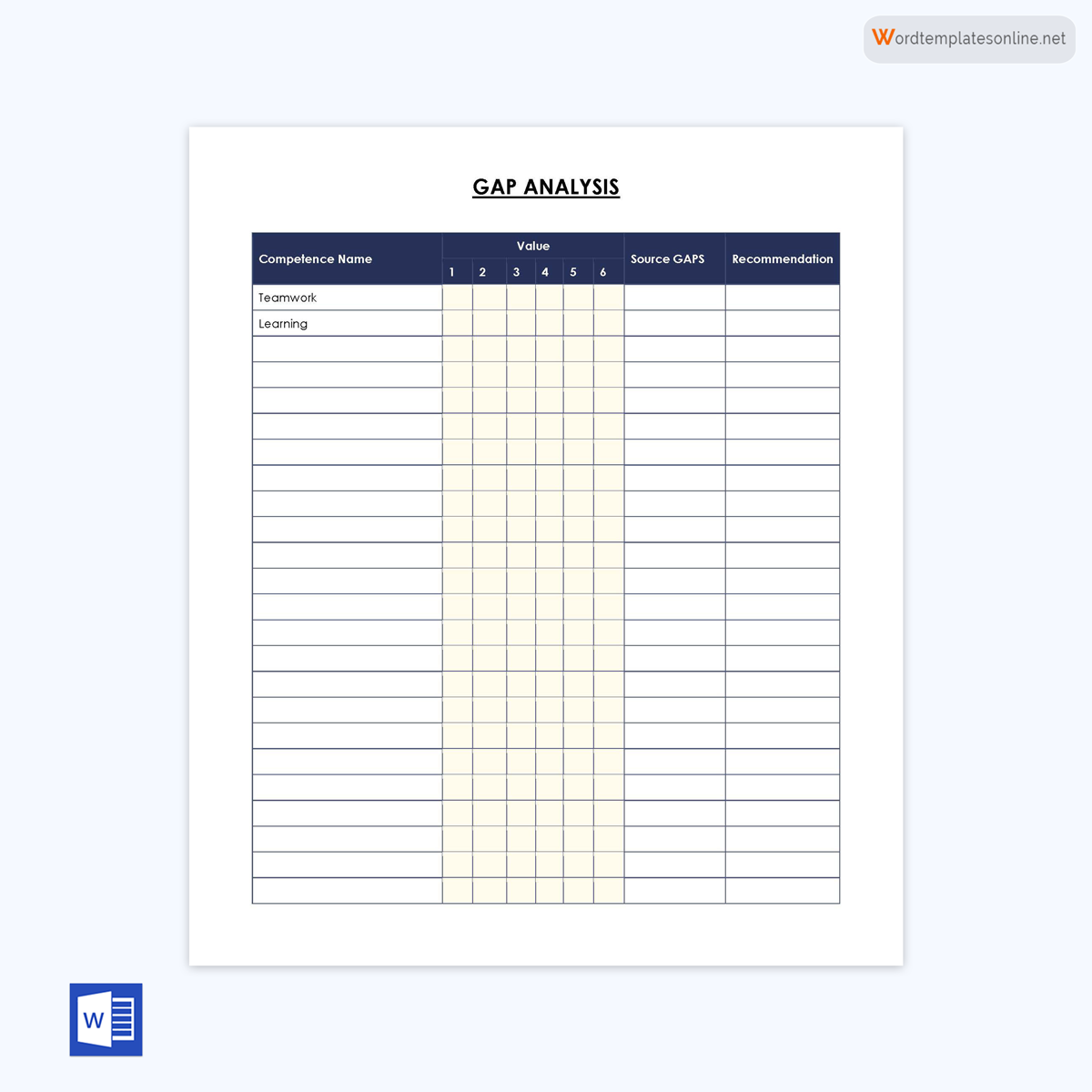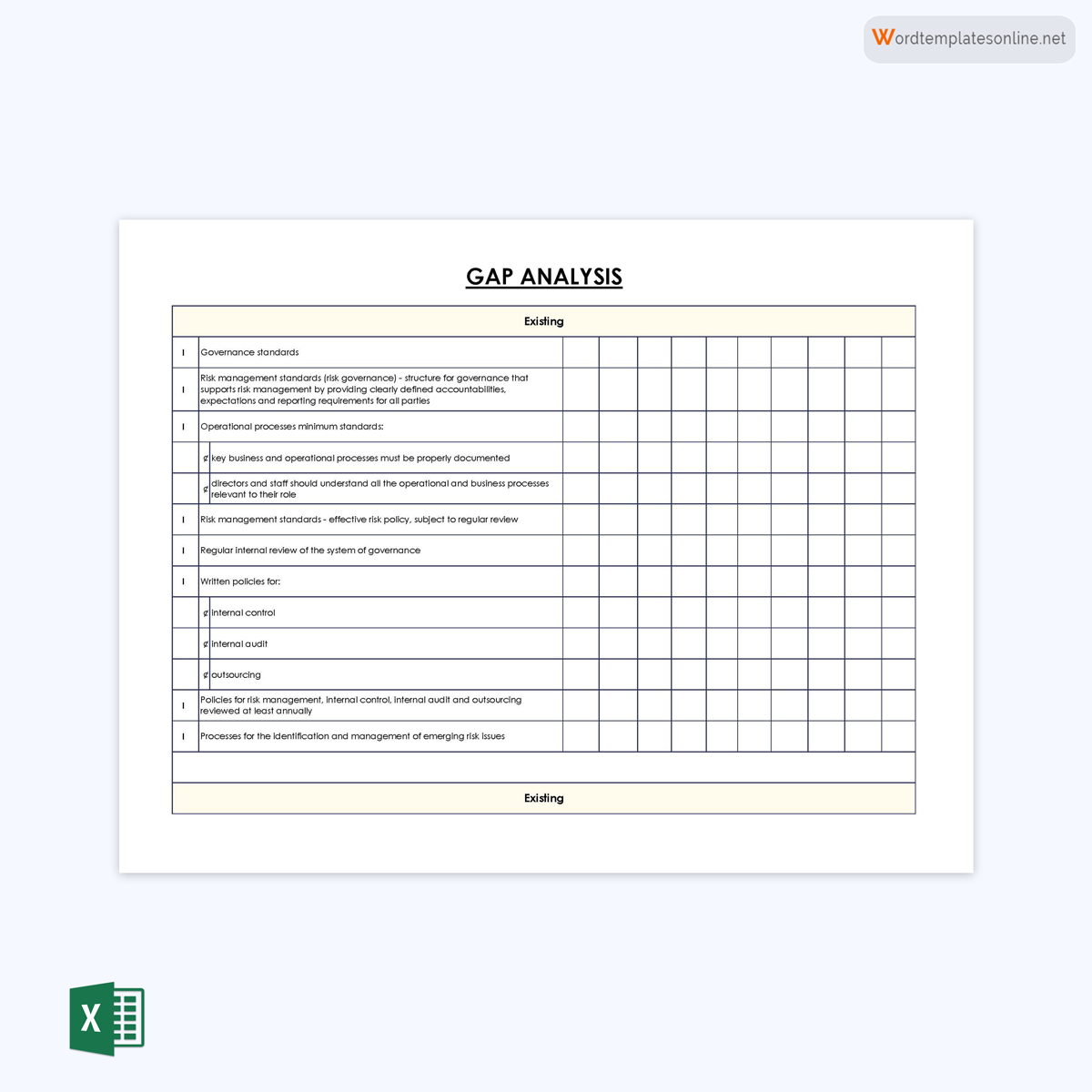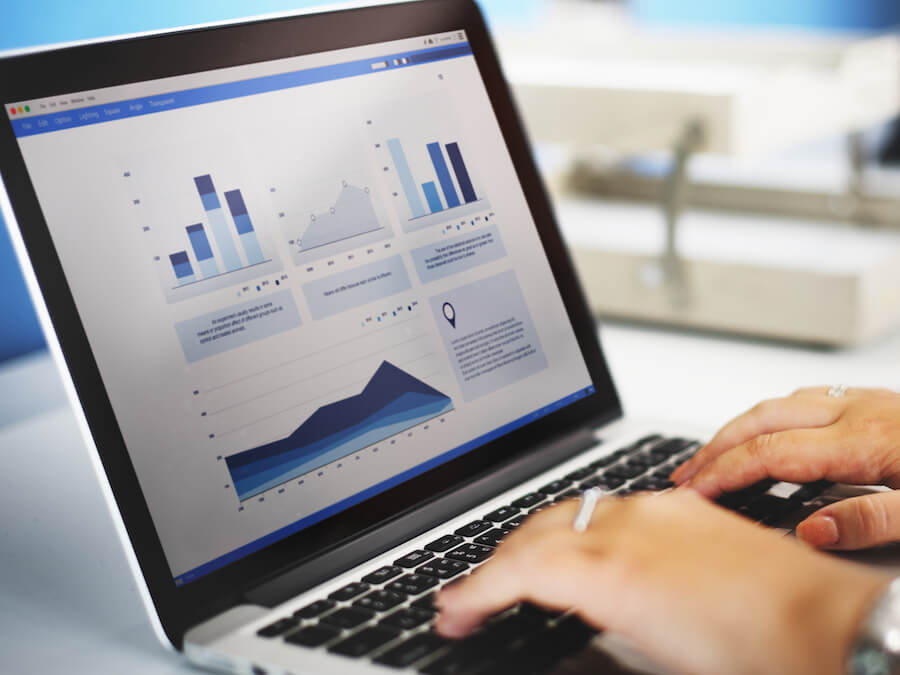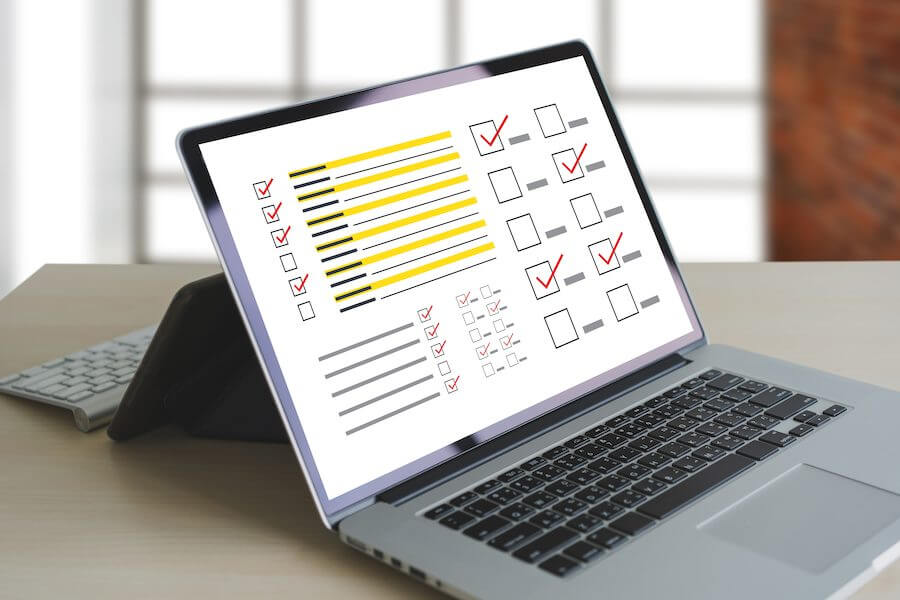Organizations are constantly working to achieve their goals and therefore have to look for areas/ways to improve and attain their desired goals. A gap analysis is an effective technique used to identify the “gap” between the current status and the desired status of the organization.
The gap can be positive or negative. Negative gaps represent an organization’s shortcomings, and positive gaps signify things the organization is doing right toward its ideal state or performance.
What is Gap Analysis?
A gap analysis assesses the present state or level of performance and the target or desired state of performance of an organization. The analysis identifies what needs to be added, removed, or adjusted and the extent to which targets can be achieved.
This way, organizations can create an educated action plan with achievable goals based on where they are compared to where they want to be. It is also an important tool for determining the existing obstacles to success in a company.
Gap Analysis Templates
Reasons to Need Gap Analysis
There are multiple reasons why every organization that wants to achieve its desired success should consider using gap analysis.
Below are several points on the need for a template:
- A gap analysis helps the team draw a clear path from the current level of performance to the desired level, which is a huge morale boost.
- Communication is essential for the success of an organization. The analysis helps organizations set goals, track progress towards these goals and communicate the same to stakeholders.
- Also, when done right, the analysis is used as an organization’s self-evaluation tool by assessing what they are doing right and wrong in comparison to their goals.
- The analysis is used to close the gap between operating and desired status by identifying ways to do so, which is essential for growth.
- It is a management tool used to increase efficiency in utilizing resources in a company. This is done by checking whether the activities or projects being utilized are positively contributing to the organization’s long-term goal or not.
Use-case example
Gap analyses are used in various scenarios where performance can be gauged. Below is an example of how a gap analysis can be used in business:
Mandy runs a restaurant on a street that averages 2000 people a day, per the National Bureau of Statistics report for that year. She has discovered that she needs an average of 100 daily customer visits to use it. She wants to double this number next year.
By assessing why her conversions are too low (5%) among daily passers-by, she finds out that most passers-by are not even aware her restaurant exists. Most believe it to be a milk shop. To increase her conversions, she opts to improve her branding by adding a giant billboard that informs customers of the restaurant’s existence and gives offers every Friday when traffic is high.
When and Who Should Use
Now, when is a gap analysis used? It should be used in any circumstance with a predetermined objective or target. Therefore, it can be used at any stage of an organization, between the start and achievement of a goal or target.
This way, the gap analysis is used to establish what needs to be done to achieve the goal(s) and determine any shortcomings along the way. Gap analyses are also used for compliance purposes to determine if a system, process, or entity is compliant with the standards required.
These templates are used by a wide range of people, mostly in business and the professional sector. Due to their applicability, they can be employed at different levels and departments of an organization or business. This means it can be used by the stakeholders, directors, executives, managers, supervisors, and employees involved in any strategic initiative with a target.
They are also standard among software developers to assess how efficiently software serves its purpose in development.
Gap Analysis Types
Depending on the objective of the gap analysis, there are different types of gap analyses. Consequently, there are different types of templates as well. Anyone conducting one should make sure they use a template suitable for what they intend to achieve.
Below are the common types of templates:
Finance
A finance gap analysis template assesses the financial position of an organization by comparing its current financial status to its desired financial status. It will focus on revenue, budget allocations, cost-benefit analysis, ROI (return on investment), and matters of finance. This type of template will commonly be used by bank managers, accountants, financial consultants, etc.
Individual
Individuals also have targets associated with personal life, career, and business. They can use individual or personal gap analysis templates to evaluate themselves and determine what they are doing right or wrong and how far or close they are to achieving their personal goals.
Market
A market gap analysis template is used to determine the business position of a company or business in a marketplace. This type of analysis looks into the discrepancies in supply and demand and how the company or business is coping with the two drivers of business. As a result, the business can check whether they are living up to their potential in supply and demand and make educated production and sales projections.
Product
Products and services should fulfill a particular customer’s pain and provide a certain level of customer satisfaction. This implies there is always room for improvement to meet these two objectives (fulfilling customer pain and offering satisfaction). A product gap analysis template is an effective way of finding areas of improvement for products and services.
Healthcare
Businesses use a healthcare gap analysis to examine the health of the organization. It focuses on the current practices and culture and compares them with the best practices to determine if the business is sustainable.
Note
It is recommended to set SMART goals when conducting a gap analysis, as this helps an organization focus on a specific aspect of the organization. This can also reduce confusion among the team when there are a lot of data points to evaluate. Also, once the strategic action plan has been developed after the gap analysis, it is essential to conduct a SWOT analysis to establish its positives and negatives.
Steps to Conduct Gap Analysis
The procedure to complete a gap analysis template will vary from one analysis to the next since businesses will be looking to achieve different goals. Businesses are also unique, and the circumstances facing one business may not be the same as facing another business, meaning the person conducting the analysis has to determine what to prioritize further, creating differences between them. With that in mind, provided below is a guide for conducting it.
Identify the current situation
The first step is identifying the aspect of the organization to be focused on and determining its current state. To determine the current state, processes such as gathering data (qualitative and quantitative), getting feedback from the people involved, and reviewing the associated KPIs have to be done.
The template should outline the metrics of success for each aspect of the organization. Examples of focus aspects are product quality, finances, marketing, etc.
Identify the ideal future state
Secondly, define the ideal state where the department or organization aims to be. The desired state can be predefined in a strategic plan but can also be defined as part of the gap analysis. The desired state should be set within a reasonable timeframe; 3-5 years are standard time frames. Ensure the desired state is defined with the same criteria used to define the current state; it is impossible to compare parallel characteristics.
Analyze gaps
The next step in using a template is identifying gaps between the current status and the potential. This involves comparing data from the previous two steps. First, look out for discrepancies between the current state of things and the expected or potential. These need to be filled.
Next, determine what and why it is happening. Finally, be specific and dig deeper by asking multi-dimensioned questions until the root causes of each are clear, and include them in the template.
Set S.M.A.R.T goals
Carefully analyze and create solutions that can help the organization fulfill its potential. The solutions must be SMART goals that gradually bridge the gaps identified earlier. SMART goals are easier to track and achieve. Ensure to factor in the cost implications of each solution identified in the template.
Establish a plan
Lastly, the template should outline the framework or plan for implementing the proposed solutions. Each plan should be characterized by goals, metrics, KPIs, and initiatives (projects). Goals are the desired states or performance levels; metrics are criteria used for tracking progress; and initiatives are action programs within the plan. Each goal can have one or two initiatives.
Gap analysis Tools
There are diverse tools that can be utilized to evaluate and assess data points and information. This article will discuss common tools worth considering before or when conducting the analysis.
They include:
SWOT analysis
SWOT analysis concentrates on the strengths, weaknesses, opportunities, and threats within the internal and external environment of the organization. SWOT analysis can be both qualitative and quantitative.
As a result, SWOT helps identify how an organization compares itself against other players in the market. It also helps identify ways to maximize strengths, mitigate weaknesses, and take advantage of advantageous opportunities from external and internal resources to avoid threats.
This infographic is about SWOT analysis.
Fishbone diagram
A fishbone diagram is utilized to identify the causes of observable and notable problems in the organization. This tool can be essential in identifying the root causes of gaps in the organization and identifying which path to take to solve them.
Other names referring to a fishbone diagram are Ishikawa, herringbone, and cause-and-effect diagrams. The most customary aspects of a business that are evaluated using a fishbone diagram are materials, people, methods, measurements, machines, and the environment.

McKinsey 7S framework
A McKinsey 7S framework is used to assess whether an organization is meeting its targets by considering shared values. The 7S’s of business include strategy, structure, systems, style, staff, skills, and shared vision.

Nadler-Tushman model
A Nadler-Tushman Model is a more holistic tool that examines the impacts of business processes on each other while identifying the gaps that affect the efficiency of each process. The model assesses the organization’s operational processes from start to finish, which involves a look into the inputs and outputs of an organizational process.
Inputs include all resources, workforce, company culture, and operational environment used to produce products and services. Outputs are the final products and services. In between inputs and outputs, the model looks at the transformation elements, including systems, processes, and teams involved in the transformation.

PEST analysis
A PEST analysis evaluates an organization’s political, economic, sociological, and technological factors. The analysis identifies the gaps between these factors’ current and ideal conditions, thus outlining existing threats and opportunities for change.
This infographic is about PEST analysis.

Bonus Templates
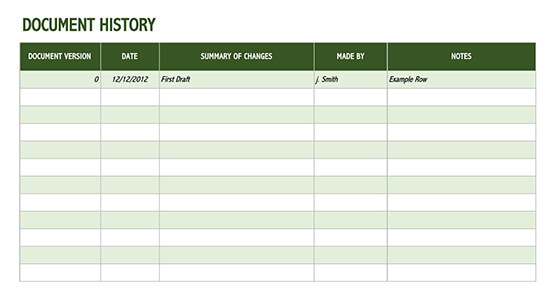
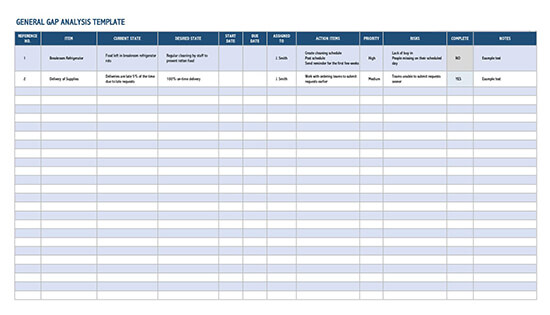
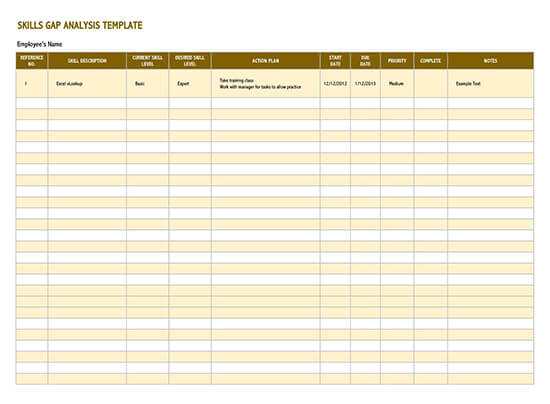
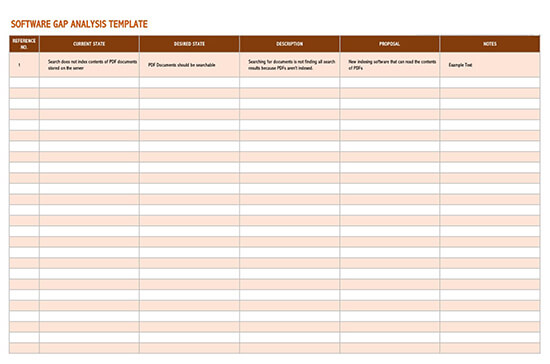
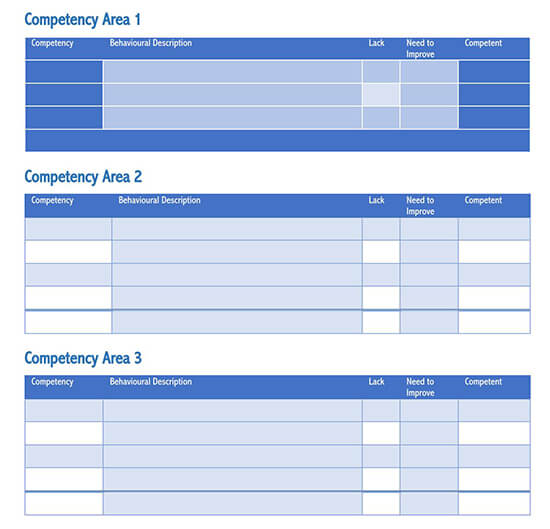
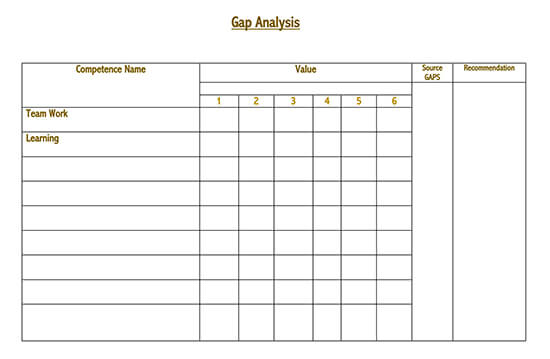
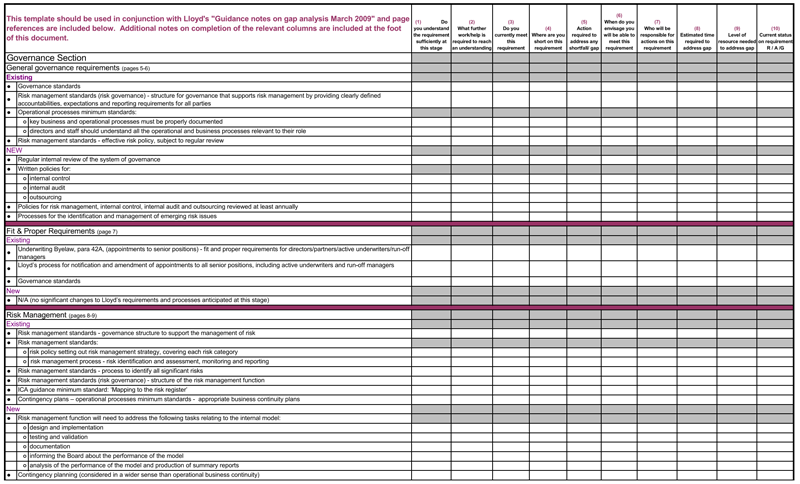
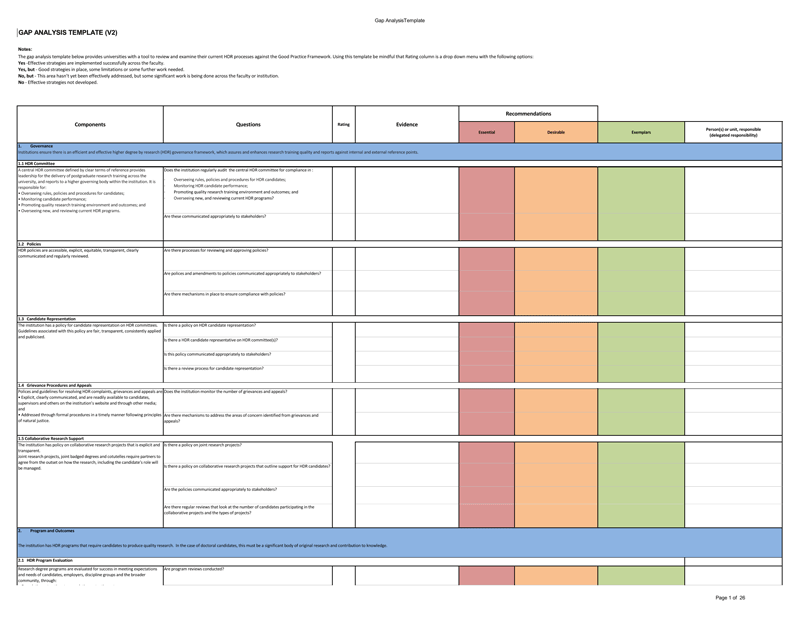
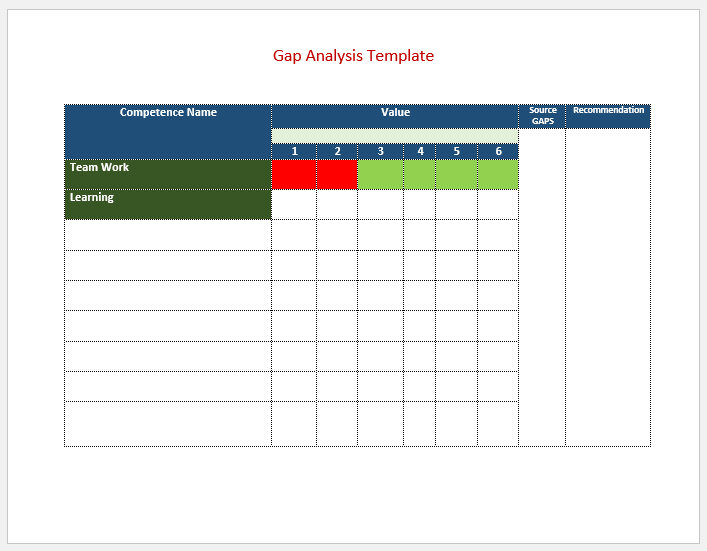
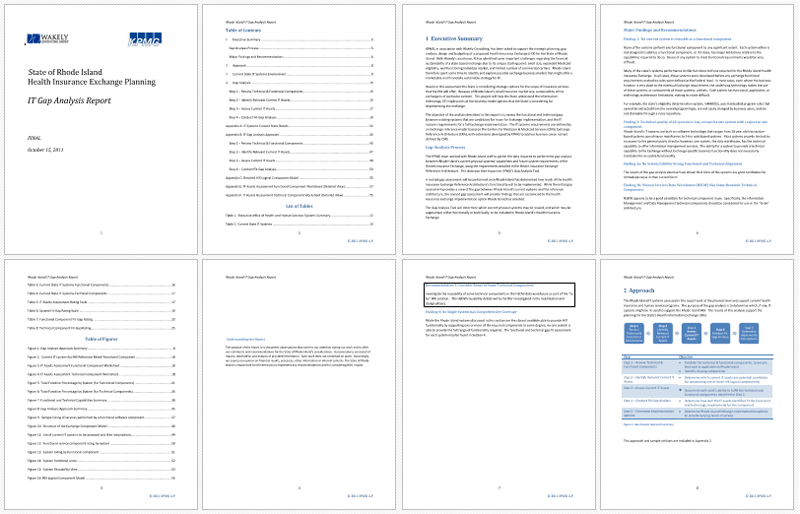
Frequently Asked Questions
The type depends on the objective of the analysts. However, the common types of analysis are performance, market, profit (finance), and personnel.
A skill gap is used to assess the competence and qualifications needed to duly complete tasks and responsibilities. These requirements are compared with employee capabilities, and the tasks can then be assigned to the most capable person accordingly. The elements to be considered include communication, productivity, attendance, time management, cooperation/teamwork, and other soft and hard skills.
A gap analysis is necessary to identify where an organization is compared to where it wants to be, which is used to find ways to close the gap between the two states. The analysis can be used in different aspects of an organization, such as finance, product development, project implementation, etc.
A strategic gap analysis is used to monitor the efficiency of a strategic plan to meet its predetermined objectives. It focuses on timelines, deliverables, consumables, budget, etc.

